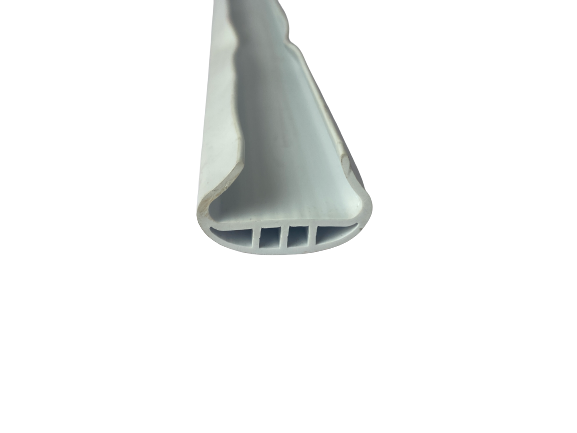ديسمبر . 05, 2024 15:29 Back to list
window rubber sealing strip
Understanding Window Rubber Sealing Strips Essential Components for Home Insulation
In the quest for energy efficiency and environmental sustainability, many homeowners are turning their attention to improving their home's insulation. One of the critical components often overlooked in this endeavor is the window rubber sealing strip. With proper installation and maintenance, these strips can significantly enhance a home's comfort, reduce energy bills, and prolong the lifespan of windows.
What Are Window Rubber Sealing Strips?
Window rubber sealing strips, commonly made from materials like EPDM (Ethylene Propylene Diene Monomer) rubber, are flexible components that create a barrier between the window frame and the sash. Their primary function is to seal the gaps that may exist around windows, preventing air leaks, water infiltration, and dust entry. By ensuring a tight seal, these strips help maintain a consistent indoor temperature while minimizing the workload on heating and cooling systems.
Types of Window Rubber Sealing Strips
There are various types of window rubber sealing strips designed to fit different window styles and materials. Here are a few common types
1. Self-Adhesive Strips These are easy to install, requiring no additional tools. The adhesive side is simply pressed into place, providing an instant seal.
2. Compression Strips These strips exert pressure when the window is closed, providing a tight seal. They effectively compensate for any slight misalignments in window installation.
3. Felt Strips Though less common than rubber strips, felt strips can be used in some older windows. They absorb moisture, making them suitable for certain climates.
4. V-Channel Strips These strips are designed for specialized applications, such as sliding windows or doors, providing an effective barrier against weather elements.
Benefits of Using Window Rubber Sealing Strips
1. Energy Efficiency One of the most significant advantages of utilizing window rubber sealing strips is their ability to reduce energy consumption. By sealing gaps, they prevent heated or cooled air from escaping, thus lowering energy bills significantly.
window rubber sealing strip

2. Comfort Properly sealed windows can maintain consistent temperatures within the home. This eliminates unpleasant drafts and enhances overall comfort for occupants.
3. Noise Reduction Window rubber sealing strips can also dampen external noise. By minimizing gaps, they create a quieter environment inside the home, making it a more peaceful sanctuary.
4. Protection Against the Elements They provide protection against water infiltration, reducing the risk of mold and rot from moisture damage. This is particularly important in areas prone to heavy rainfall or humidity.
5. Extended Lifespan of Windows Regular use of sealing strips can minimize wear and tear on window mechanisms, extending their useful life and preventing costly repairs or replacements.
Installation and Maintenance Tips
To achieve the best results from window rubber sealing strips, proper installation is crucial. Here are some tips
- Measure Accurately Measure the length of the gaps accurately before purchasing the strips to ensure a snug fit.
- Choose Quality Products Investing in high-quality sealing strips will provide better durability and effectiveness.
- Clean the Surface Before applying self-adhesive strips, ensure the surface is clean and dry. This ensures proper adhesion and longevity.
- Regular Inspections Periodically check the condition of the sealing strips and replace them when they become worn or damaged.
Conclusion
In conclusion, window rubber sealing strips are essential for any homeowner looking to improve energy efficiency and comfort in their living space. By sealing gaps around windows, these strips significantly reduce energy costs, enhance comfort, minimize noise, and offer protection against the elements. Investing time in proper installation and regular maintenance can yield substantial long-term benefits, making these simple components indispensable in modern home improvement strategies.




